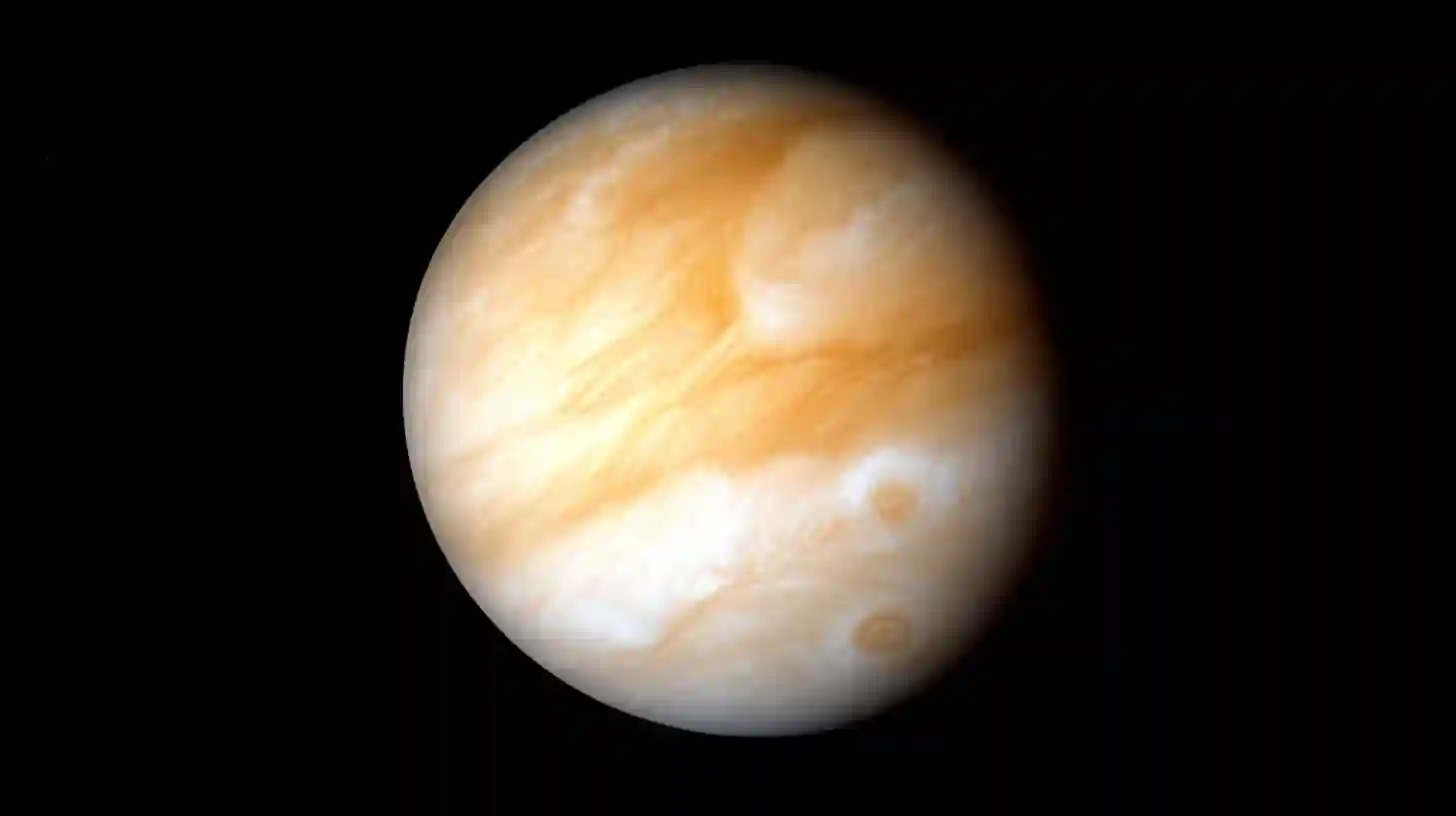
Thoughtvaultzone

Venus, the second planet from the Sun, is often heralded as Earth’s twin due to its similar size and composition. However, beneath this superficial resemblance lies a host of peculiarities that challenge our understanding of planetary behavior. One of the most striking oddities about Venus is its rotation, which results in days that are actually longer than its years. This phenomenon can leave astronomers and enthusiasts alike scratching their heads.
To begin with, the day on Venus refers to the time it takes for the planet to complete a full rotation on its axis. Surprisingly, this rotational period is much longer than the time it takes for Venus to orbit the Sun, or its year. While one would intuitively think of a day as being shorter than a year, Venus flips this notion on its head. The planet takes an extensive amount of time—longer than two Earth months—to spin around once, while its orbit around the Sun is completed in a far shorter duration.
Due to its slow rotation, a day on Venus stretches over an incredible span. This extended rotational period leads to extreme and unrelenting temperature variations on its surface. Surrounded by a thick atmosphere composed mainly of carbon dioxide, Venus experiences a greenhouse effect that results in surface temperatures soaring to staggering highs, making it the hottest planet in the solar system. One might wonder how a slow rotation contributes to such intense conditions. The dense atmosphere does not allow for much heat to escape, leading to a uniform temperature across the planet, but the prolonged days only amplify this relentless heat.
Adding to the intrigue is the direction of Venus's rotation. While most planets spin in a prograde manner — rotating counterclockwise when viewed from above the North Pole — Venus has a retrograde rotation. This unique spin means that if one were standing on the surface of Venus, the Sun would rise in the west and set in the east, opposite to what we experience on Earth. This unexpected direction only heightens the mystery of this celestial body. It raises questions about the planet's formation and its tumultuous past. There are theories suggesting that Venus may have had a different rotational direction in the early solar system but encountered a substantial collision that altered its spin.
Compounded by this slow rotation and unusual axial tilt, the planet experiences extreme atmospheric conditions. The clouds of sulfuric acid that envelop Venus create a dense layer that reflects sunlight, giving the planet its brilliant brightness in the sky. These clouds also contribute to the planet's climate, where winds can whip around the planet at speeds much faster than the planet itself rotates. As outlined by planetary scientists, the winds can travel at tremendous velocities, meaning that while the surface is locked in an unending day, the atmosphere is alive with dynamic movements and storms. These high-altitude winds circulate around the planet in just a matter of days, creating a stark contrast between the rapid atmospheric changes and the sluggish rotation below.
Furthermore, the fascinating interaction between the dense atmosphere and the slow rotation leads to unique weather patterns. Unlike what one might encounter on Earth, Venus's surface lacks distinct seasons or climatic variations. Instead, the environment remains consistently hostile, with a cloud cover that provides a blanket of heat, maintaining tepid temperatures throughout. Consequently, the absence of seasonal change contributes to a stagnant weather profile that is eternally hot and volcanic, leading to distinct geological features like vast plains, mountains, and large volcanic structures.
Scientific exploration of Venus, through missions by various space agencies, continues to illuminate its mysteries. Instruments aboard orbiters and landers have unveiled countless details, from the discovery of extensive volcanic activity to uncovering signs of possible erosion. Still, the question remains: How can a planet exhibit such bizarre features, including longer days than years?
Embracing its oddity as an enigmatic marvel, Venus stands as a reminder of the planetary diversity within our own solar system. It challenges our assumptions of what constitutes a planet’s behavior, provoking further study and contemplation beyond the familiar Earthbound experiences. In the cosmic dance of celestial bodies, Venus captivates the imagination and underscores the vast wonders awaiting exploration, forever intriguing astronomers and planet enthusiasts alike as they delve deeper into its secrets.